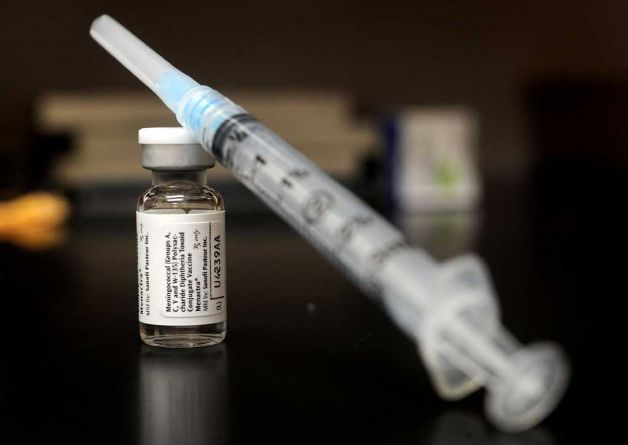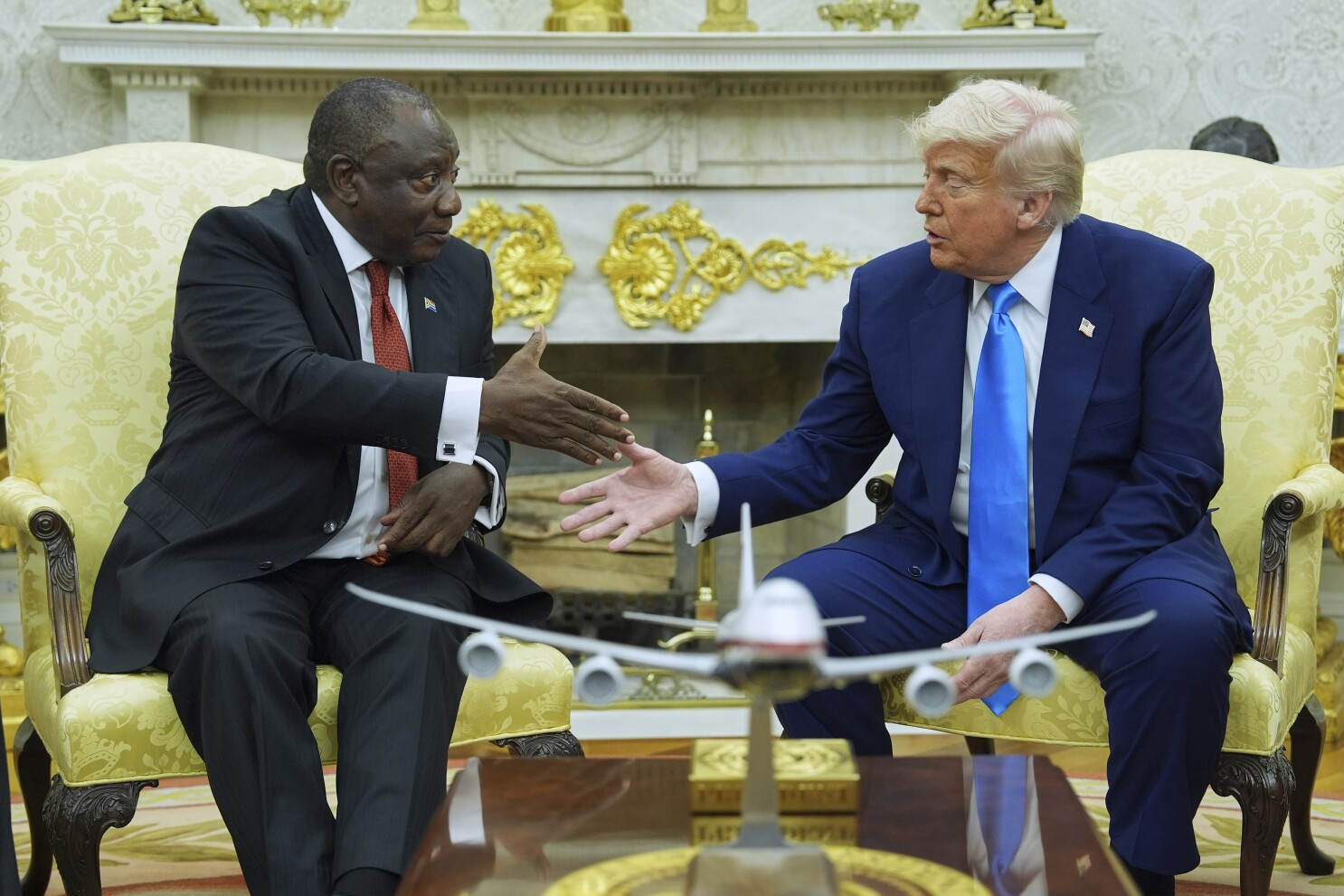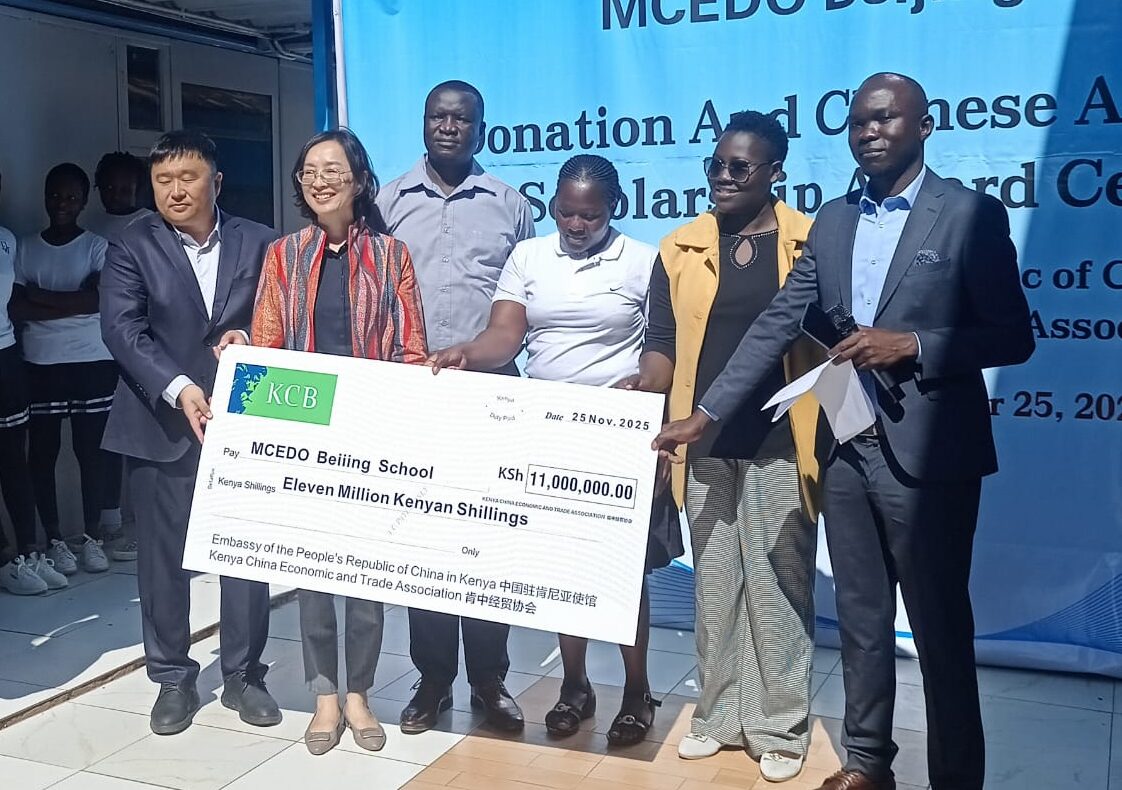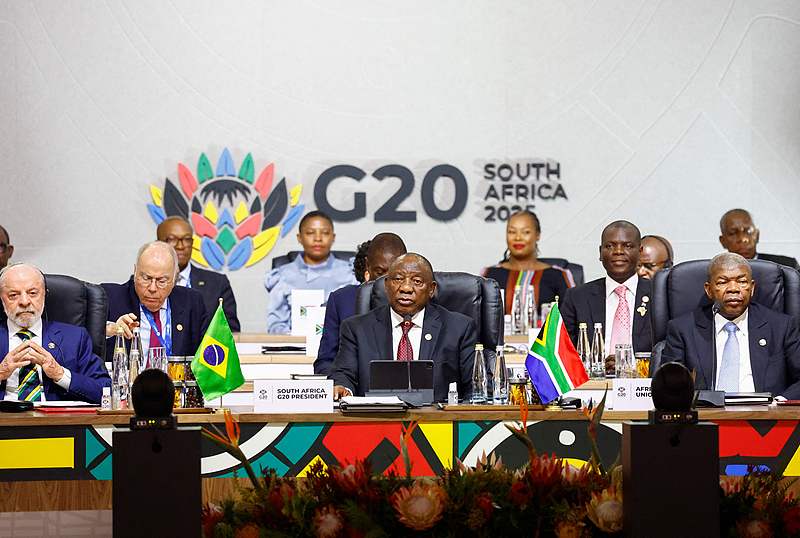
Child vaccination progress at risk from aid cuts and misinformation
Global infant vaccination rates have stabilized following declines during the COVID-19 crisis. However, the United Nations warns that severe aid cuts and misinformation deepen coverage gaps, leaving millions of children at risk of preventable diseases.
According to the World Health Organization (WHO) and UNICEF, 85 percent of infants worldwide—roughly 109 million—received three doses of the diphtheria, tetanus, and pertussis (DTP) vaccine in 2024, a key measure of global immunization coverage.
This marks a modest 1 percent increase, or 1 million more children, compared to 2023. However, nearly 20 million infants missed at least one DTP dose last year, including 14.3 million “zero-dose” children who received no shots at all.
While this is a slight improvement from 14.5 million zero-dose children in 2023, it remains 1.4 million higher than pre-pandemic levels in 2019.
“We’ve managed to reach more children with life-saving vaccines, but millions remain unprotected against preventable diseases,” UNICEF Executive Director Catherine Russell said in a joint statement.
The WHO cautioned that the world is “off track” to achieve its 2030 goal of 90 percent vaccination coverage for children and adolescents. WHO Director-General Tedros Adhanom Ghebreyesus highlighted that “drastic cuts in aid, coupled with misinformation about vaccine safety, threaten to unravel decades of progress.”
UNICEF immunization chief Ephrem Lemango noted that funding reductions, particularly from the United States and other nations, have disrupted outbreak responses in nearly 50 countries.
The report also flagged limited access and misinformation as major drivers of low vaccination rates.
WHO vaccine chief Kate O’Brien warned that eroding trust in “hard-earned evidence” about vaccine safety is fueling immunity gaps and outbreaks.
Globally, 60 countries reported large, disruptive measles outbreaks in 2024, nearly double the 33 in 2022.
While 2 million more children were vaccinated against measles last year, global coverage remains well below the 95 percent needed to prevent its spread. The UN agencies called for urgent action to restore funding, improve access, and counter misinformation to protect global child health.






